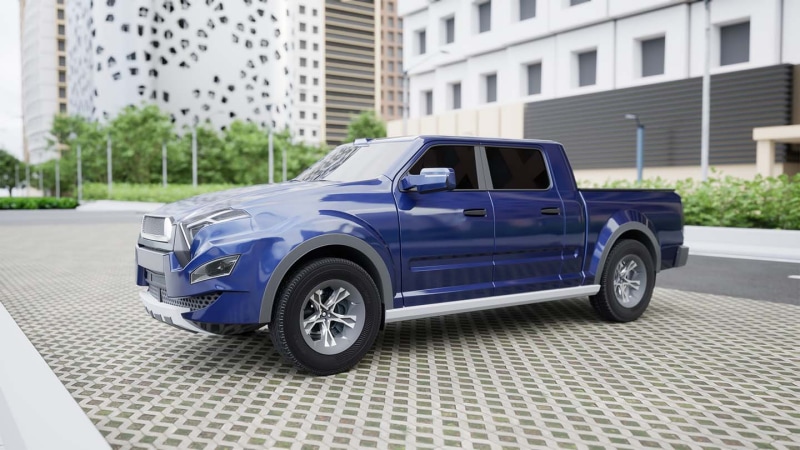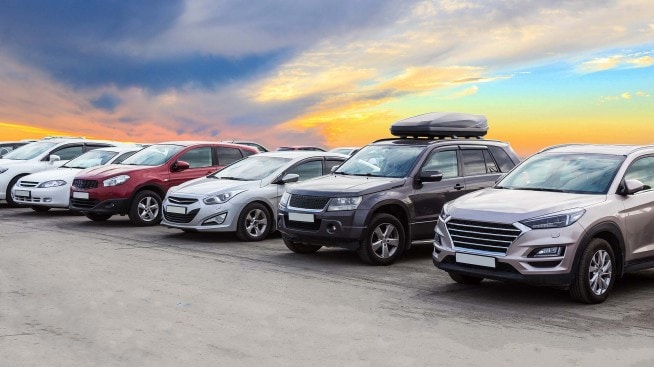Crew cab vs. extended cab: Knowing the differences

Quick insights
- The area where people sit in a vehicle is known as the cab.
- You can distinguish crew cabs from extended cabs based on how spacious and accessible the two rows of seating are.
- Each door and row of seating in a crew cab is more-or-less the same, while the second row of extended cabs is smaller than the front.
The “cab” of a vehicle is the cabin area where the driver and passengers sit. The types of cabs available in trucks are important to know because part of these vehicles is often devoted to storage, not seating.
In this article, we’ll explain how to tell the difference between crew and extended cabs.
What is a crew cab?
Crew cabs may fit up to six people and typically provide a similar amount of space for each passenger. This spaciousness for everyone is a crew cab’s defining characteristic. Plus, the front and back seating are usually accessible by four full-size doors.
What is an extended cab?
Extended cabs have enough space for a second (but usually smaller) row of passenger seats in the back. Although extended cabs have a back seat or bench, it being smaller than the front seating is what distinguishes this type of cab.
Similarities and differences between crew cab and extended cab
How to tell crew cabs and extended cabs apart should be simple after you know their primary similarities and differences.
Similarities
Crew cabs and extended cabs have two main connections: Both have two rows of seating, and they’re common in pickup trucks. The seating arrangement implies that each type of cab often fits at least four people. There can also be four access doors in both types of cab.
Differences
You’ll find the biggest distinctions between crew cabs and extended cabs fall under two aspects:
- Different door formats: Crew cabs have four doors that are the same size or close to it. What makes a cab extended is having a back seat, not four doors. Even if an extended cab has four doors, the front and back will likely be different sizes and open differently.
- Uneven seating: The size of the front and back seats distinguishes crew cabs from extended cabs. A crew cab offers uniform seating throughout, while an extended cab has a back seat that’s smaller than the front.
Crew cab vs. extended cab vs. regular cab
Despite their differences, crew and extended cabs both have more seating than regular cabs. The back seats, regardless of size, can be nice to have. For a long time, most trucks (pickups in particular) had a single row of seats or bench that fit two or three people, including the driver. A regular cab might have a space behind the front seat, but not enough for anyone to sit.
In summary
Extended cabs and crew cabs offer at least one more row of seating in the back. However, the seats in extended cabs are often accessed through smaller doors and have less leg room than the front row gets. Crew cabs, on the other hand, give every row like-sized doors and space to sit. Regular cabs, which lack a back seat, are still available in various trucks on the market.



